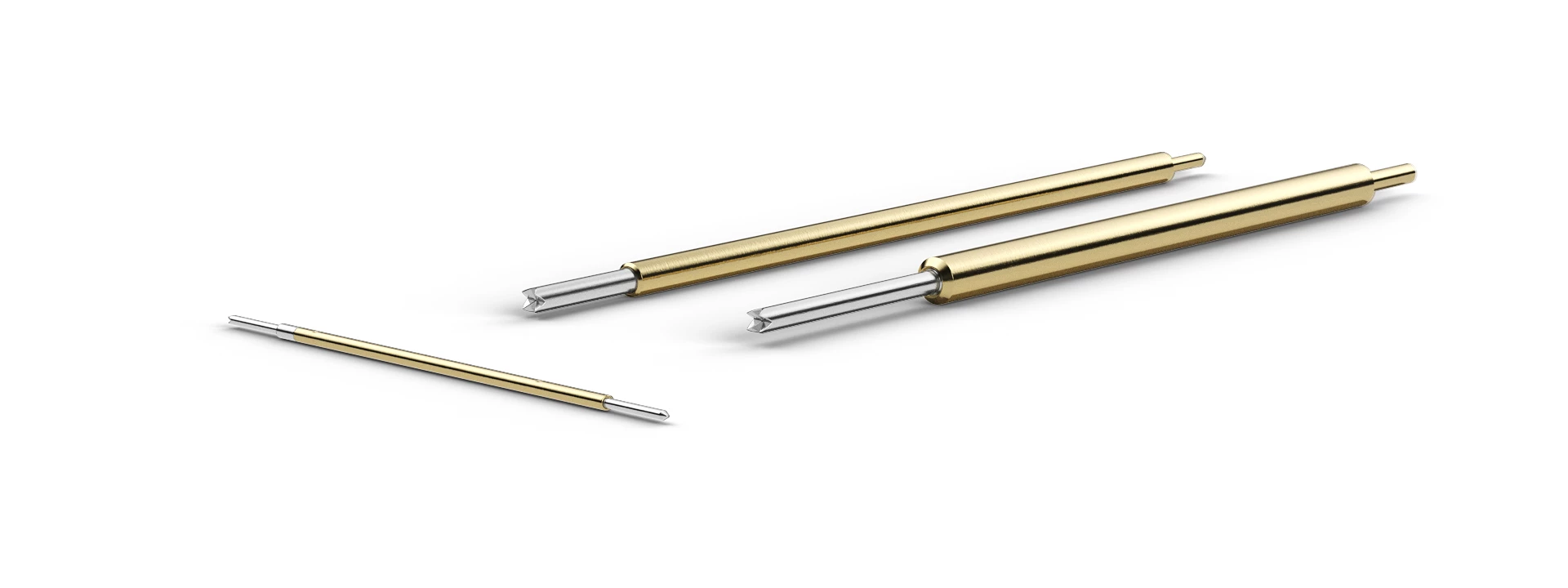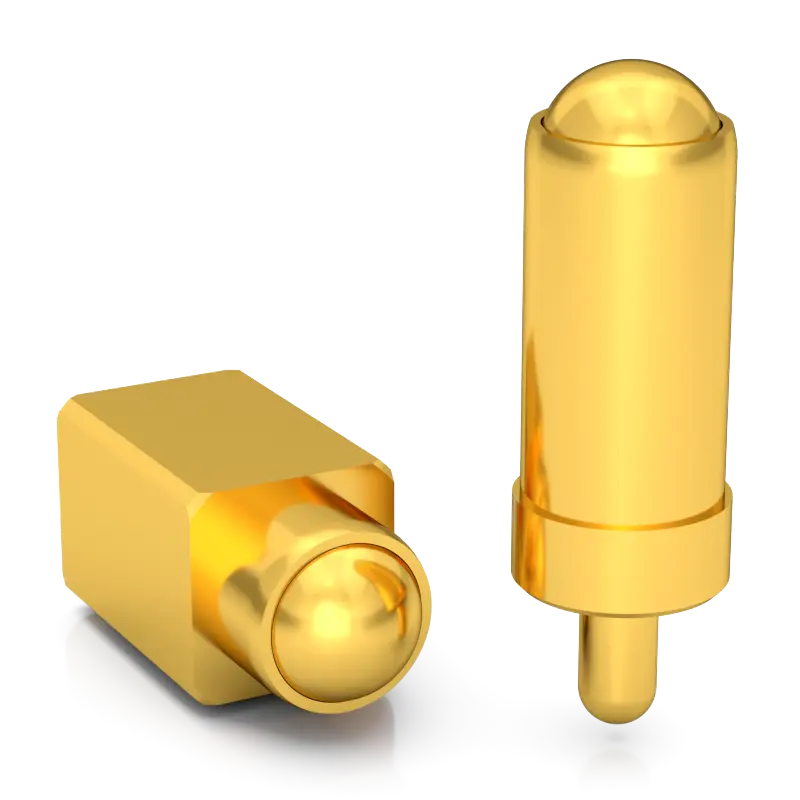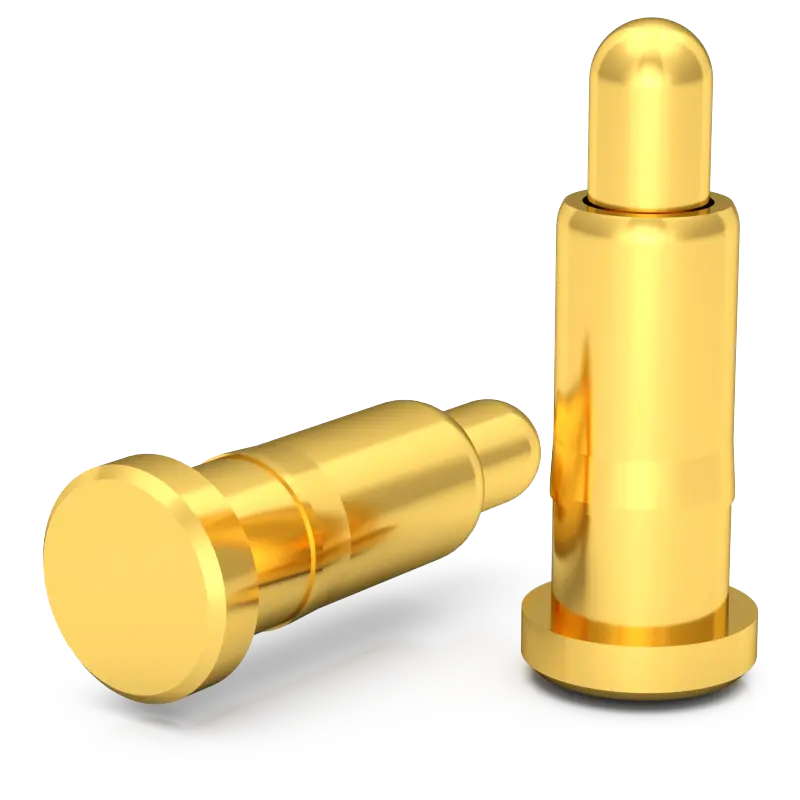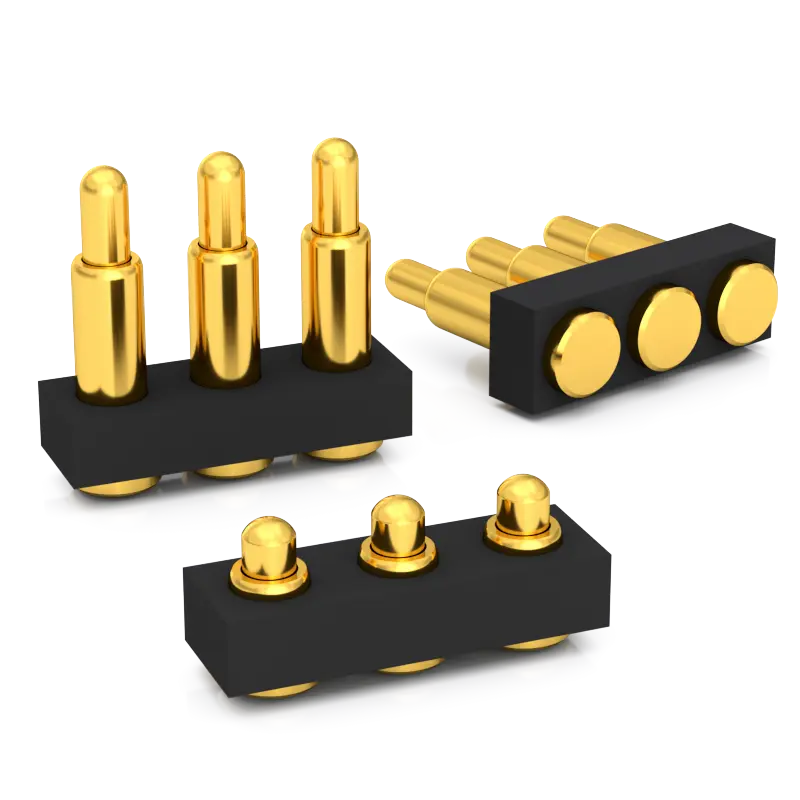Wear
Frequent use will cause wear of the probe, especially the tip. Long-term contact and plugging and unplugging will wear the tip and make it blunt, thus affecting the accuracy of the measurement. In addition, the tip is also susceptible to external factors (such as dust, corrosion, etc.) and become insensitive.
Solution: Replace the probe regularly, especially the tip. Choose a reliable quality probe and pay attention to keeping the working environment clean.
Poor contact
Poor contact between the probe and the test object is also a common cause of failure. Poor contact can cause signal loss or interference, which affects the accuracy of the test results.
Solution: Ensure good contact between the probe and the test object. Clean the contact surface of the probe and the test object, and check whether the connection is firm.
Wire aging
The wires connected to the probes are often subjected to the transmission of current and voltage, and aging occurs after long-term use. Aging wires may cause signal attenuation or disconnection, which makes the probes fail.
Solution: Regularly check and replace aging wires to ensure the quality of the wires and reliable connections.
Electrostatic interference
Electrostatic interference is one of the common problems in the electronics industry. When the probe is interfered with by electrostatics, it may cause the probe to fail or the measurement results to be abnormal.
Solution: Use antistatic materials and equipment to reduce the impact of electrostatic interference. Add electrostatic protection measures in the working environment, such as reasonable grounding and the use of static eliminators.
In summary, common causes of probe failure in the electronics industry include wear, poor contact, wire aging, and electrostatic interference. Regular maintenance, replacement, and preventive measures can effectively solve these problems and ensure the normal operation and accurate measurement of the probe.





